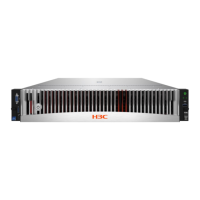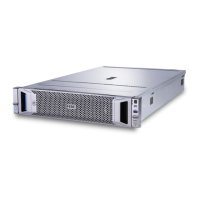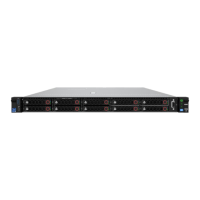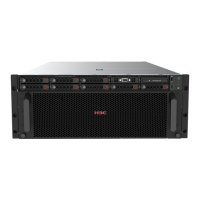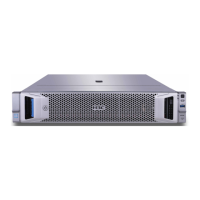12
Probability of logical drive failure
The probability that a logical drive will fail depends on the RAID level setting and on the number and
type of physical drives in the array. If the logical drive does not have an online spare, the following
rules apply:
A RAID 0 logical drive fails if one or more physical drives fail.
A RAID 1, RAID 1E, or RAID 10 drive fails if any two failed physical drives are mirrored to each
other.
The maximum number of physical drives that can fail without causing failure of the logical
drive is n/2, where n is the number of drives in the array. In practice, a logical drive usually
fails before this maximum is reached. As the number of failed physical drives increases, it
becomes increasingly likely that the newly failed drive is mirrored to a previously failed
drive.
The minimum number of physical drive failures that can cause the logical drive to fail is two.
This situation occurs when the two failed drives are mirrored to each other. As the total
number of drives in the array increases, the probability that the only two failed drives in an
array are mirrored to each other decreases.
A RAID 5 logical drive fails if two or more physical drives fail.
A RAID 50 logical drive fails when two or more drives in a RAID 5 logical drive fail.
A RAID 6 logical drive fails when three or more physical drives fail.
A RAID 60 logical drive fails when three or more devices in a RAID 6 logical drive fail.
Selecting a RAID level
Follow the rules in Table 1 to select a RAID level.
Table 1 RAID level selection rules
Most important factor Important factor Suggested RAID levels
Fault tolerance
Cost RAID 6
I/O performance RAID 1E, RAID 10, RAID 50, RAID 60
Cost
Fault tolerance RAID 6
I/O performance RAID 5 (RAID 0 if fault tolerance is not needed)
I/O performance
Cost RAID 5 (RAID 0 if fault tolerance is not needed)
Fault tolerance RAID 1E, RAID 10, RAID 50, RAID 60
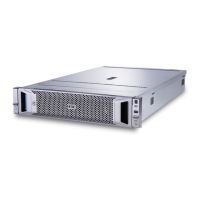
